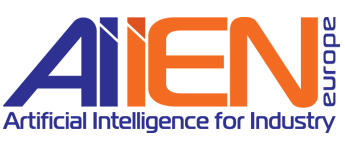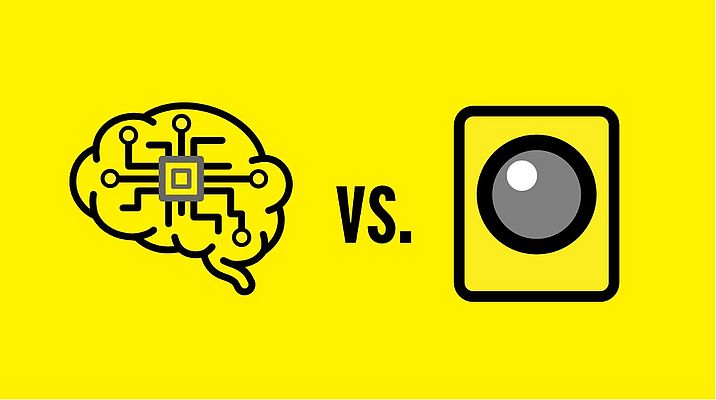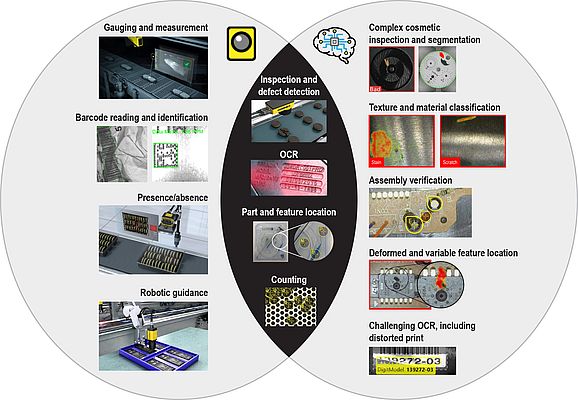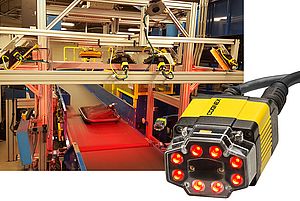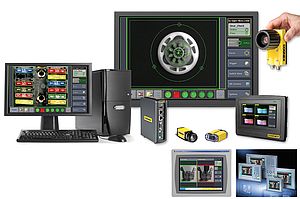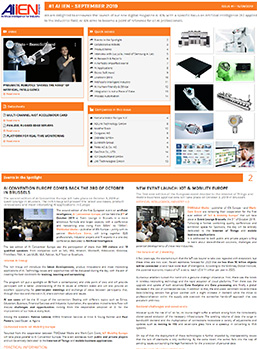Over the last decade, technology changes and improvement have been so much various: device mobility… big data… artificial intelligence (AI)… internet-of-things… robotics… blockchain… 3D printing… machine vision… In all these domains, novel things came out of R&D-labs to improve our daily lives.
Engineers like to adopt and adapt technologies to their tough environment and constraints. Strategically planning for the adoption and leveraging of some or all these technologies will be crucial in the manufacturing industry.
Let’s focus here on AI, and specifically deep learning-based image analysis or example-based machine vision. Combined with traditional rule-based machine vision, it can help robotic assemblers identify the correct parts, help detect if a part was present or missing or assembled improperly on the product, and more quickly determine if those were problems. And this can be done with high precision.
How does deep learning complement machine vision?
A machine vision system relies on a digital sensor placed inside an industrial camera with specific optics. It acquires images. Those images are fed to a PC. Specialized software processes, analyzes, measures various characteristics for decision making. Machine vision systems perform reliably with consistent and well-manufactured parts. They operate via step-by-step filtering and rule-based algorithms.
On a production line, a rule-based machine vision system can inspect hundreds, or even thousands, of parts per minute with high accuracy. It’s more cost-effective than human inspection. The output of that visual data is based on a programmatic, rule-based approach to solving inspection problems.
On a factory floor, traditional rule-based machine vision is ideal for: guidance (position, orientation…), identification (barcodes, data-matrix codes, marks, characters…), gauging (comparison of distances with specified values…), inspection (flaws and other problems such as missing safety-seal, broken part…).
Rule-based machine vision is great with a known set of variables: Is a part present or absent? Exactly how far apart is this object from that one? Where does this robot need to pick up this part? These jobs are easy to deploy on the assembly line in a controlled environment. But what happens when things aren’t so clear cut?
This is where deep learning enters the game:
- Solve vision applications too difficult to program with rule-based algorithms.
- Handle confusing backgrounds and variations in part appearance.
- Maintain applications and re-train with new image data on the factory floor.
- Adapt to new examples without re-programming core networks.
Inspecting visually similar parts with complex surface textures and variations in appearance are serious challenges for traditional rule-based machine vision systems. “Functional” defaults, which affect a utility, are almost always rejected, but “cosmetic” anomalies may not be, depending upon the manufacturer’s needs and preference. And even more: these defects are difficult for a traditional machine vision system to distinguish between.
Deep learning’s benefits for industrial manufacturing
Rule-based machine vision and deep learning-based image analysis are a complement to each other instead of an either/or choice when adopting next generation factory automation tools. In some applications, like measurement, rule-based machine vision will still be the preferred and cost-effective choice. For complex inspections involving wide deviation and unpredictable defects—too numerous and complicated to program and maintain within a traditional machine vision system— deep learning-based tools offer an excellent alternative.
